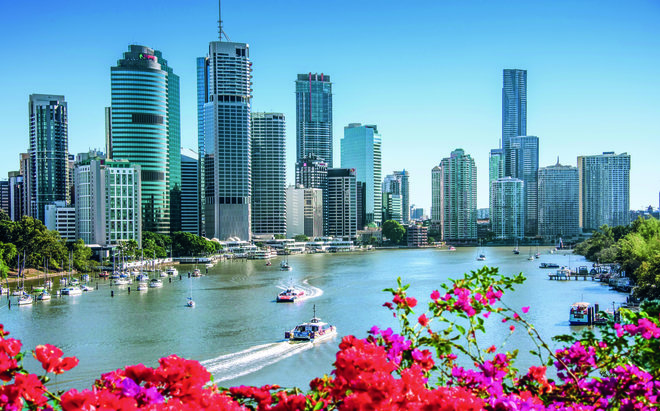Australia’s major cities—Sydney, Melbourne, Brisbane, Perth, and Adelaide—are experiencing dynamic shifts in property development, driven by evolving demographic trends, technological advancements, and sustainability concerns. As we look to the future, several key trends and innovations are set to shape the landscape of real estate development across these urban centers.
-
Sustainability Takes Centre Stage
With growing awareness of environmental issues, sustainability is becoming a primary focus in property development. Green building standards are no longer optional; they’re expected. Major cities are incorporating energy-efficient designs, renewable energy sources, and sustainable materials into new projects. For example, Sydney’s Green Building Council aims to achieve net-zero carbon emissions by 2030, influencing developers to embrace eco-friendly practices.
-
Smart Cities and Technological Integration
Technology is transforming how cities function, and property developers are at the forefront of this change. The integration of smart technologies—such as IoT-enabled systems for energy management, security, and convenience—will become commonplace. Melbourne is already piloting smart city initiatives, including intelligent street lighting and real-time public transport updates, which could set a precedent for other cities.
-
The Rise of Mixed-Use Developments
Mixed-use developments are gaining traction as they offer a blend of residential, commercial, and recreational spaces within a single project. This approach promotes walkability and reduces reliance on cars, addressing urban sprawl and congestion. Brisbane’s new developments in the South Bank area showcase how integrating various uses can enhance community interaction and convenience.
-
Affordable Housing Initiatives
As property prices continue to rise, particularly in Sydney and Melbourne, there is a pressing need for affordable housing solutions. Developers and governments are collaborating on projects to provide more accessible housing options. Innovations such as modular construction and government incentives are helping to increase the availability of affordable homes.
-
Urban Density and Vertical Living
With land scarcity in major cities, the trend towards vertical living—high-rise apartment buildings—is becoming more prominent. High-density developments are seen as a solution to accommodate growing populations while minimizing urban sprawl. Perth is witnessing a surge in high-rise residential projects, aiming to optimize space and create vibrant urban communities.

-
Revitalizing Inner-City Areas
Many major cities are focusing on revitalizing underdeveloped or derelict inner-city areas. Projects aimed at redeveloping these zones are breathing new life into urban centers, creating vibrant, mixed-use neighborhoods. Adelaide’s ongoing efforts to transform its old industrial areas into modern residential and commercial hubs exemplify this trend.
-
Health and Wellbeing Focus
There is an increasing emphasis on incorporating health and wellbeing features into property developments. This includes designing spaces that promote physical activity, access to green areas, and mental well-being. The trend is reflected in the design of new residential communities and office spaces that prioritize natural light, ventilation, and outdoor spaces.
The future of property development in Australia’s major cities is set to be defined by a blend of sustainability, technological innovation, and a focus on livability. As these trends continue to evolve, developers, investors, and city planners will need to stay adaptable and forward-thinking to meet the needs of a changing urban landscape. Embracing these developments will be crucial in shaping cities that are not only functional and efficient but also sustainable and vibrant for future generations.
















